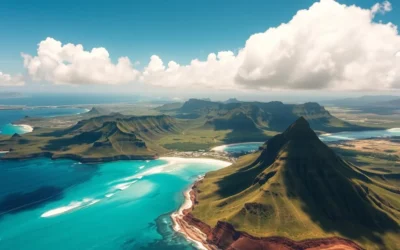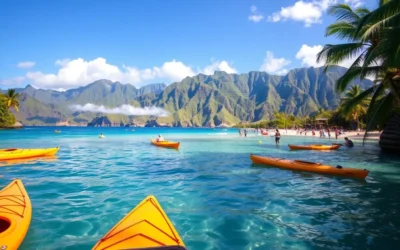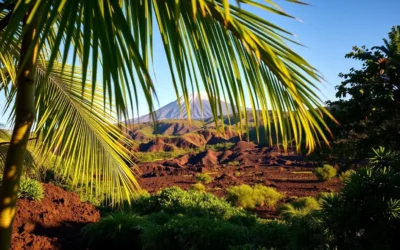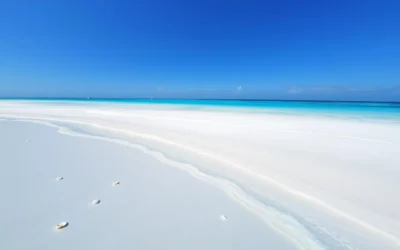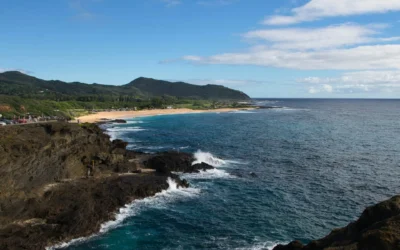✓ Accommodations ✓ Flights ✓ Rental Cars ✓ Tours & Activities
Imagine standing at the summit of a dormant volcano, surrounded by a 34,000-acre tapestry of biodiversity, as the sun rises over the Pacific Ocean. This is the experience that awaits you at Haleakalā National Park on the island of Maui, Hawaii.
As you explore this majestic volcano, you’ll discover diverse landscapes, from the otherworldly terrain at the summit to the lush rainforests and waterfalls along the coast. With its rich biodiversity, Haleakalā offers a unique experience, whether you’re witnessing the sunrise, hiking through volcanic landscapes, or exploring sacred cultural sites.
This comprehensive guide will help you navigate the park’s two districts, providing you with essential visitor information and insider tips for an unforgettable experience.
Overview of Haleakalā National Park
From its summit to its coastline, Haleakalā National Park presents a kaleidoscope of environments, making it a fascinating place to explore. Spanning over 24,000 acres, this vast wilderness area offers a diverse range of landscapes, from high-altitude cinder lands to lush coastal rainforests.
The Significance and History of Haleakalā
Haleakalā National Park is not only a natural wonder but also a site of great cultural and historical significance. The park’s name, which translates to “House of the Sun,” reflects its importance in Hawaiian mythology. Protected within the park’s boundaries are numerous endemic species, including the ʻāhinahina (Haleakalā silversword) and the ʻōpeʻapeʻa (Hawaiian hoary bat).
Park Geography: From Summit to Sea
The park’s geography is characterized by its dramatic elevation changes, from the 10,023-foot summit down to sea level at the Kīpahulu District. As you descend, you’ll witness a transition from the alpine summit to the tropical coastline, passing through multiple climate zones and ecosystems. The park’s crater-like valley, formed by erosion, is a notable feature, with its otherworldly landscape of cinder cones and lava flows.
- The park’s boundaries encompass multiple climate zones, allowing you to experience dramatic environmental changes.
- The slopes of Haleakalā feature unique subalpine shrublands, home to rare and endangered species.
- As you descend to the Kīpahulu District, you’ll witness the transition to lush valleys with waterfalls and coastal areas.
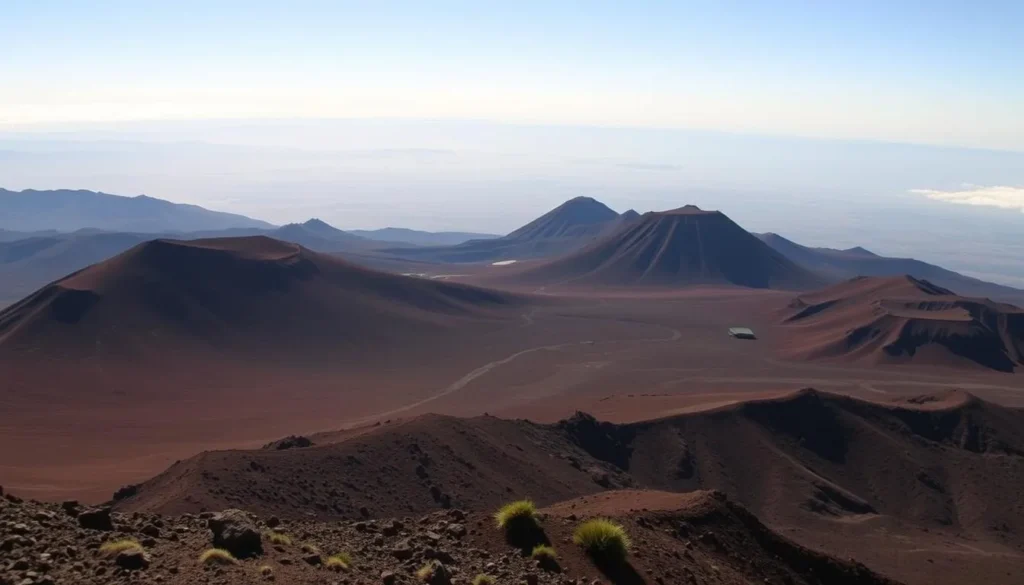
Essential Planning Information for Haleakalā National Park, Maui, Hawaii: Visitor Information
Before you embark on your journey to Haleakalā National Park, it’s essential to plan your visit carefully. Understanding the park’s operational details and being prepared for the unique conditions will enhance your experience.
Park Hours and Entrance Fees
The park operates 24 hours a day, but the visitor centers and some facilities have limited hours. The entrance fee for Haleakalā National Park is $30 per vehicle for a 7-day pass. For those planning to visit other national parks, an America the Beautiful annual pass is a worthwhile investment.
Best Times to Visit
Visiting Haleakalā can be done year-round, but the best times are from September to November and from March to May, when the weather is generally more stable. If you’re planning to watch the sunrise, be prepared for early morning hours and potential crowds.
Weather Conditions and What to Pack
The weather at Haleakalā National Park varies significantly with elevation. At the summit, temperatures can range from the 40°s F to the 70°s F, with possible ice, snow, sleet, rain, and wind above 7,000 feet. In contrast, the Kīpahulu District at sea level experiences hot and humid conditions. To be prepared:
- For Summit Visits: Pack warm clothes, including long pants, a warm jacket, hat, and gloves. Don’t forget windproof layers, sunscreen, sunglasses, and a hat due to intense sun exposure.
- For Kīpahulu District: Bring lightweight, breathable clothing, rain protection, insect repellent, and water shoes.
- Regardless of Location: Always carry plenty of water, snacks, a first aid kit, and a flashlight or headlamp.
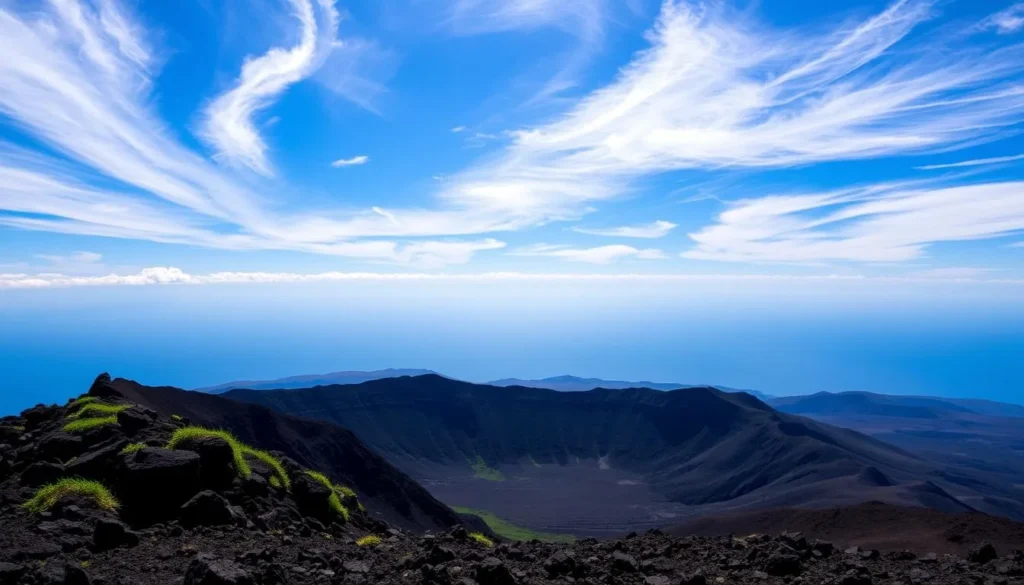
By understanding these conditions and packing accordingly, you’ll be better prepared to enjoy the diverse landscapes Haleakalā has to offer, from the summit to sea level.
Getting to and Around the Park
Visiting Haleakalā National Park requires some planning, especially when it comes to getting there and navigating the park’s vast areas. The park is divided into two main districts: the Summit District and the Kīpahulu District, each offering unique experiences.
Directions to the Summit District
To reach the Summit District, take Highway 37 to Highway 377, then continue on Highway 378 to the summit. Be prepared for changing weather conditions and potential traffic.
Directions to the Kīpahulu District
The Kīpahulu District is accessed via Highway 36 and then Highway 31. The drive from the summit area takes about 2-3 hours, so plan accordingly. There are limited services in this area, so it’s crucial to come prepared.
Transportation Options and Parking
You have several transportation options for visiting Haleakalā National Park, including self-driving, guided tours, and specialized sunrise or biking tours. If you’re self-driving, be aware that parking is available at all visitor centers and major trailheads, but spaces can fill quickly during peak times.
| Transportation Method | Advantages | Considerations |
|---|---|---|
| Self-Driving | Flexibility, scenic route enjoyment | Parking challenges during peak times |
| Guided Tours | Knowledgeable guides, transportation included | Less flexibility in itinerary |
| Biking Tours | Exciting descent from the summit | Physical demands, equipment requirements |
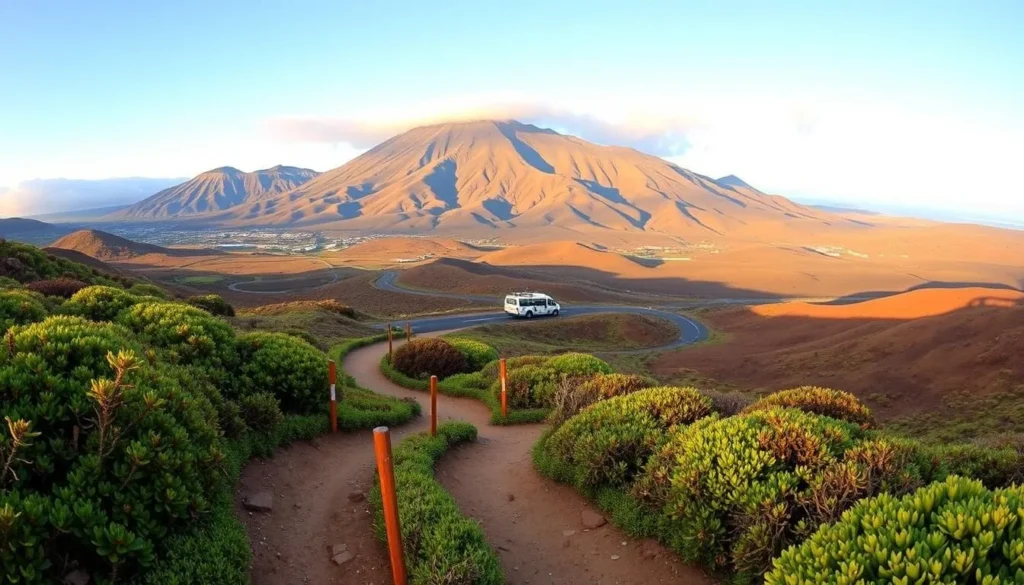
Remember, there are no food services, gas stations, or cell phone coverage in most areas of the park. Plan ahead by filling up on gas and bringing necessary supplies.
The Summit District: Volcanic Wonders
As you ascend to the summit of Haleakalā National Park, you’re entering a realm of breathtaking volcanic landscapes. This area is not only a marvel of geological formations but also a haven for unique and endangered species.
Visitor Centers and Facilities
The Haleakalā Visitor Center is your first stop, providing valuable information about the park’s history, geology, and wildlife. Here, you can get insights into the park’s unique features and plan your visit accordingly. The center is equipped with exhibits and knowledgeable rangers who can answer your questions.
Scenic Overlooks and Viewpoints
The Summit District is renowned for its spectacular viewpoints. From here, you can witness the sunrise or sunset over the volcanic landscape, an experience that is both surreal and unforgettable. The overlooks offer panoramic views of the crater and surrounding landscape, making it a photographer’s paradise.
Native Flora and Fauna: Silverswords and Nēnē
The Summit District is home to some of Hawaii’s most unique and endangered species. The iconic silversword plant (Argyroxiphium sandwicense), or ʻāhinahina, is found nowhere else on Earth and blooms spectacularly once in its 20-50 year lifespan before dying. You may also spot the Hawaiian nēnē (goose), Hawaii’s state bird, which was successfully reintroduced to Haleakalā in the 1950s after being extinct on Maui. It’s essential to stay on designated trails and never touch or disturb these native plants, as they are extremely fragile and protected by federal law.
By exploring the Summit District, you’re not only witnessing the natural beauty of Haleakalā National Park but also contributing to its preservation. Rangers offer guided walks that provide deeper insights into the unique flora and fauna of the summit area, enhancing your understanding of this remarkable environment.
The Kīpahulu District: Coastal Treasures
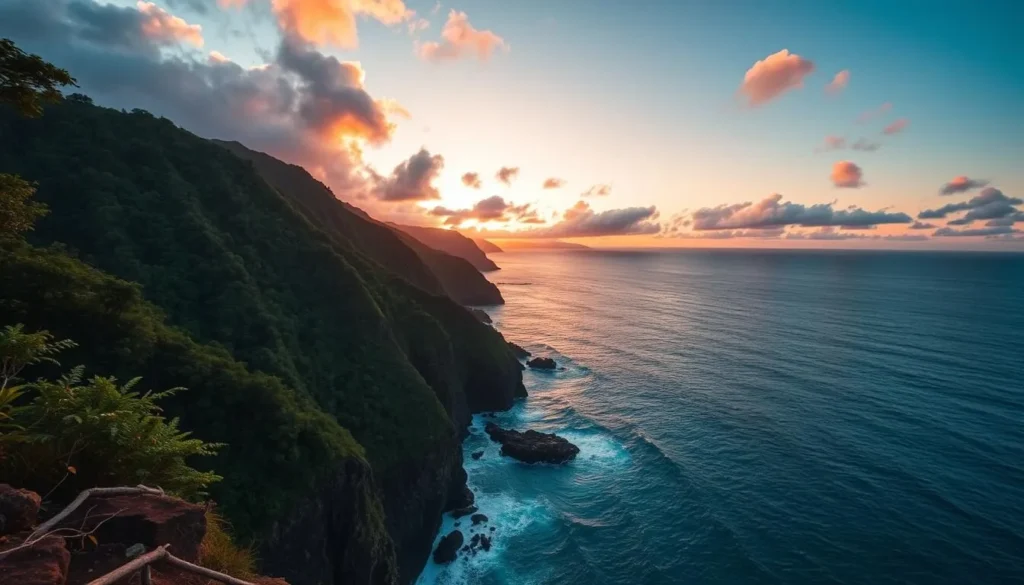
The Kīpahulu District of Haleakalā National Park is a treasure trove of natural wonders, boasting dramatic coastal landscapes and lush rainforests. As you explore this unique area, you’ll experience the rich biodiversity that makes it one of the most biologically rich areas in Hawaii.
The Pools at ʻOheʻo (Seven Sacred Pools)
The Pools at ʻOheʻo are a series of cascading pools and waterfalls that are a highlight of the Kīpahulu District. Located in a lush, tropical setting, these pools are perfect for a refreshing swim or a peaceful picnic. At sea level, the hot and humid conditions prevail, with passing squalls common.
Cultural Sites and Hawaiian Heritage
The Kīpahulu District is not only a natural wonder but also a place of significant cultural importance. The area is home to numerous ancient Hawaiian sites, including temples and archaeological sites that provide a glimpse into the lives of the native people who once inhabited this island. As you explore, you’ll notice the unique cultural heritage that is preserved here.
Coastal Landscapes and Rainforests
The Kīpahulu District’s diverse ecosystems range from the coastal strand vegetation near sea level to the bamboo forests and tropical rainforest at higher elevations on the slopes. The valley itself is a haven for native plants and animals, though parts of it are closed to protect its pristine ecosystem. The area’s conditions can change rapidly, so be prepared for variable weather.
Must-Do Activities and Experiences
From sunrise viewing to hiking and stargazing, Haleakalā National Park is a haven for outdoor enthusiasts and nature lovers. The park offers a diverse range of activities and experiences that cater to different interests and preferences.
Sunrise and Sunset Viewing
Watching the sunrise from Haleakalā’s summit is a breathtaking experience. To make the most of it, consider booking a sunrise tour that handles logistics, including transportation and sunrise viewing reservations.
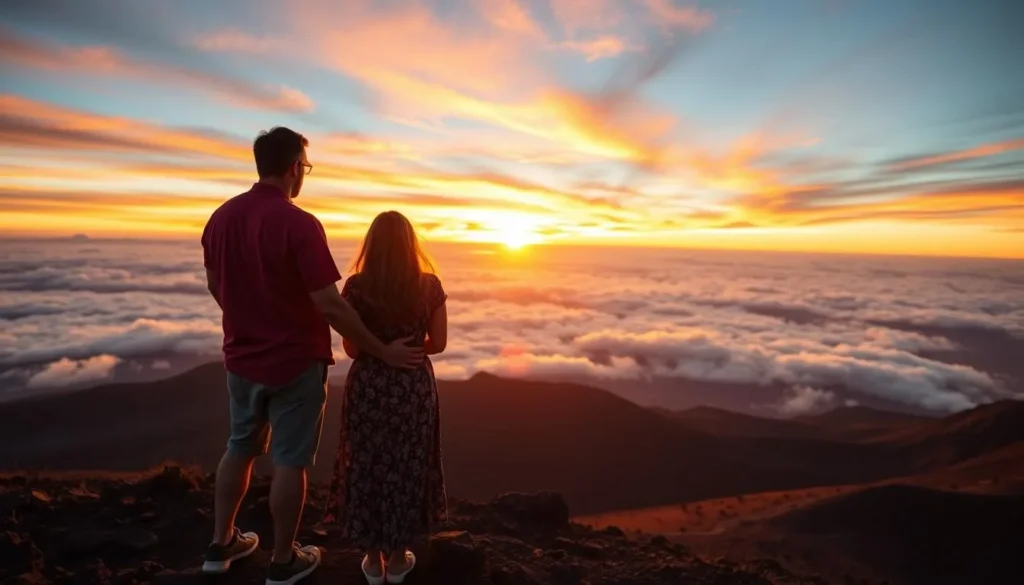
Hiking Trails: Sliding Sands, Halemau’u, and Pīpīwai
Haleakalā National Park is home to several hiking trails that offer unique experiences. The Sliding Sands Trail takes you through a volcanic landscape, while the Halemau’u Trail offers scenic views of the crater. For a more challenging hike, try the Pīpīwai Trail, which leads to the scenic ʻOheʻo Gulch.
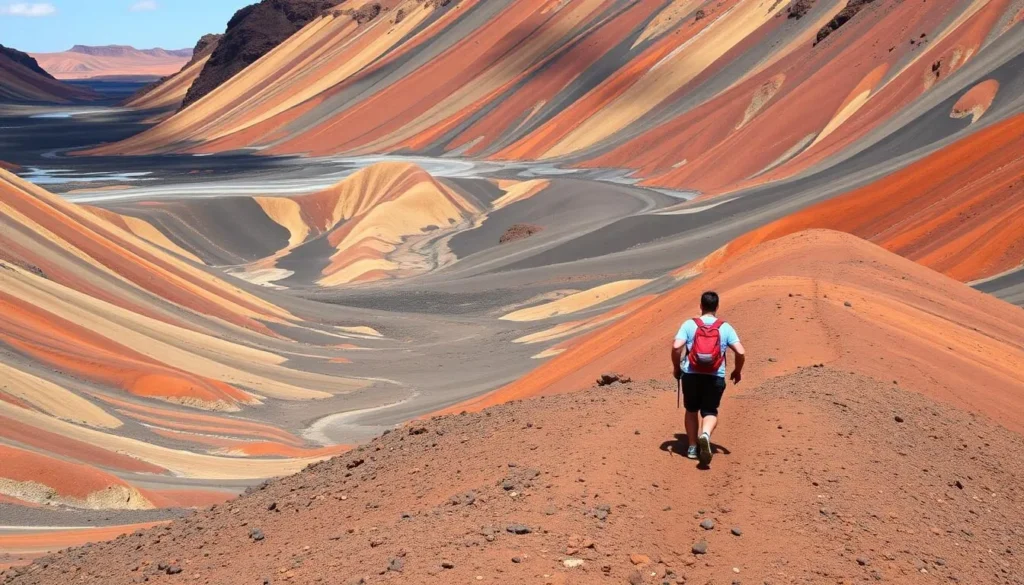
Stargazing Opportunities
The summit area of Haleakalā is renowned for its stargazing opportunities. Join a guided astronomy tour to explore the night sky with expert guides and telescopes.
Guided Tours and Bike Descents
For an adrenaline-packed experience, consider a bike tour down Haleakalā’s slopes. Many tour operators offer combined sunrise viewing and bike descent packages, allowing you to witness the dawn before coasting down 23 miles of switchbacks.
Additionally, the park offers various services, including ranger-led programs that provide insights into the park’s natural and cultural history.
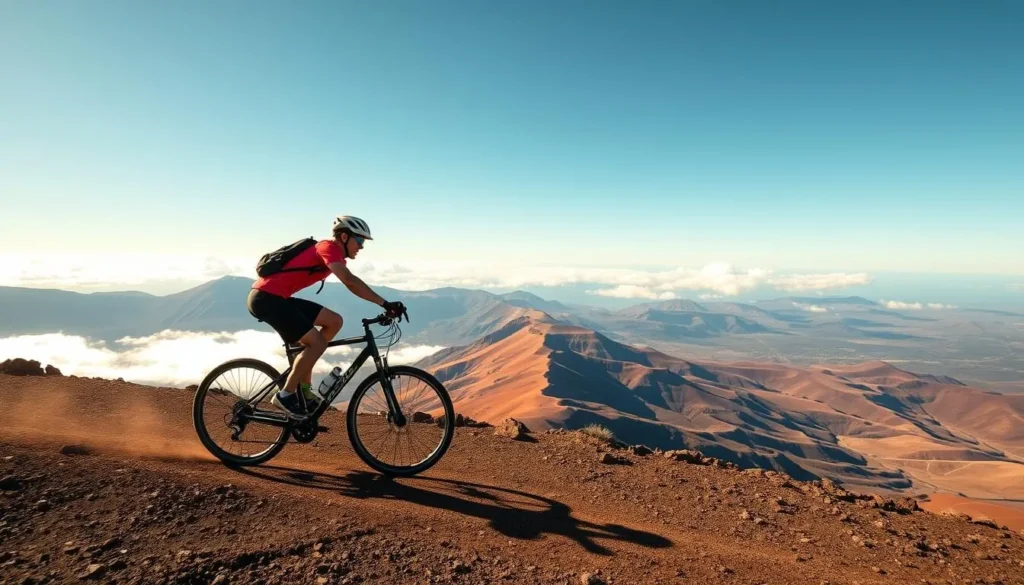
Conclusion: Making the Most of Your Haleakalā Visit
To experience the best of Haleakalā National Park, you’ll want to plan your visit strategically. You now have all the essential information needed to plan an unforgettable visit, from practical logistics to the most rewarding experiences in both the Summit and Kīpahulu Districts.
Experiencing both the summit and sea-level portions of the Haleakalā National Park gives you the most complete understanding of this remarkable volcano and its diverse ecosystems. If your time is limited, prioritize either a sunrise/sunset at the summit with some hiking on the Sliding Sands Trail, or a visit to the Kīpahulu District to hike the Pīpīwai Trail and see the coastal features.
Consider spreading your visit across multiple days if possible, as the park’s two districts are about 4-5 hours apart by car. Whether you choose to explore independently or join a sunrise tour or bike tour, Haleakalā offers some of Hawaii’s most memorable landscapes and experiences that will stay with you long after your visit.
The above is subject to change.
Check back often to TRAVEL.COM for the latest travel tips and deals.


